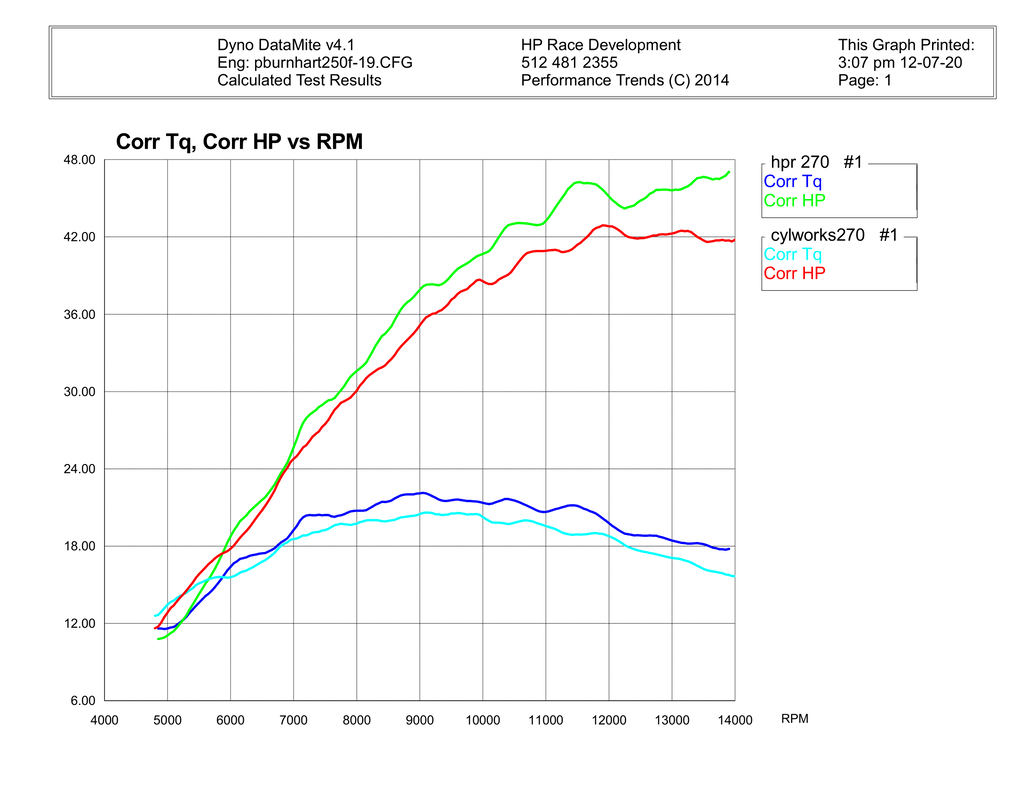With the 2023 models just around the corner and the 22.5 models basically here, I've decided to publish a mini pipe shootout.
To be fair to each product - we tested on the same bike, same day, and did tons of pulls to make sure all data was repeatable. The purpose of this test isn't to showcase one product over another, or to say one works better than another - but rather to really point out that stock pipe to aftermarket pipe tests without a proper tune up are a very POOR test.
What most people experience in feel when changing a pipe - is what the pipe does to mapping. Much like what the smartphone tuning apps do to bike feel - a pipe will alter all areas of the mapping similarly in their own unique way. This is where track feel and feedback are as important as dyno feedback. We all want the fastest bike, and most power - but getting good track feel is important too.
Check out our test - I shot a ton of video that didn't make it through edit - but check back for a track test of a few of these options soon!
To be fair to each product - we tested on the same bike, same day, and did tons of pulls to make sure all data was repeatable. The purpose of this test isn't to showcase one product over another, or to say one works better than another - but rather to really point out that stock pipe to aftermarket pipe tests without a proper tune up are a very POOR test.
What most people experience in feel when changing a pipe - is what the pipe does to mapping. Much like what the smartphone tuning apps do to bike feel - a pipe will alter all areas of the mapping similarly in their own unique way. This is where track feel and feedback are as important as dyno feedback. We all want the fastest bike, and most power - but getting good track feel is important too.
Check out our test - I shot a ton of video that didn't make it through edit - but check back for a track test of a few of these options soon!


 RSS Feed
RSS Feed